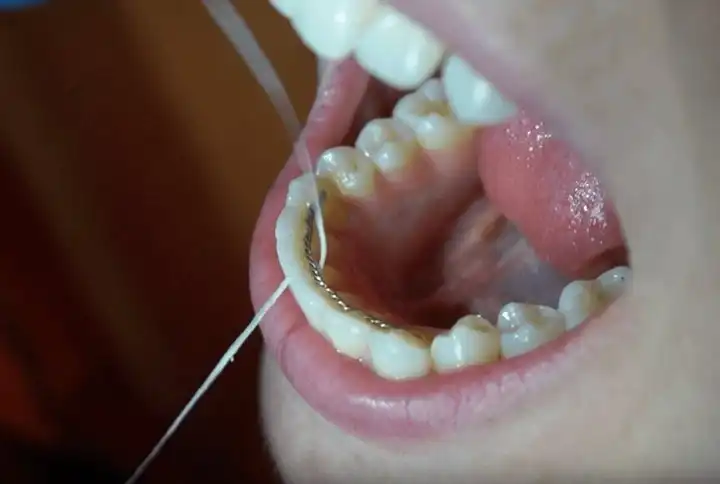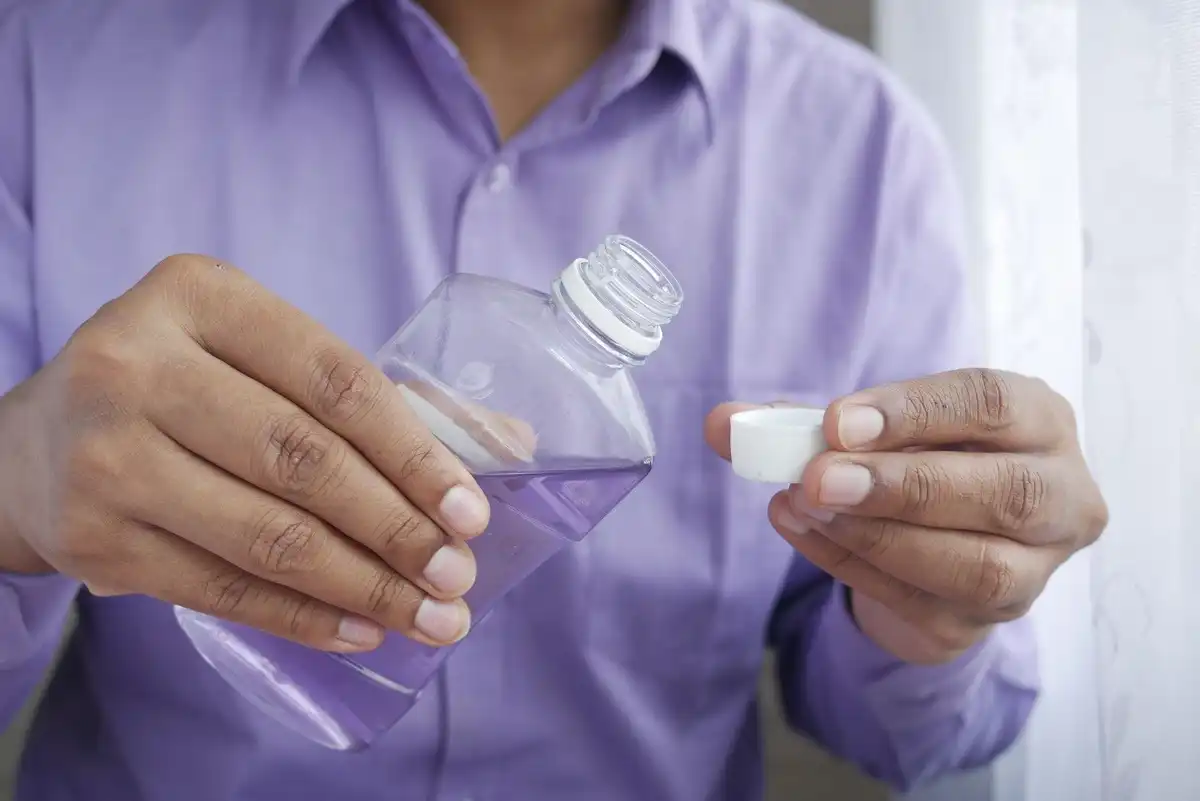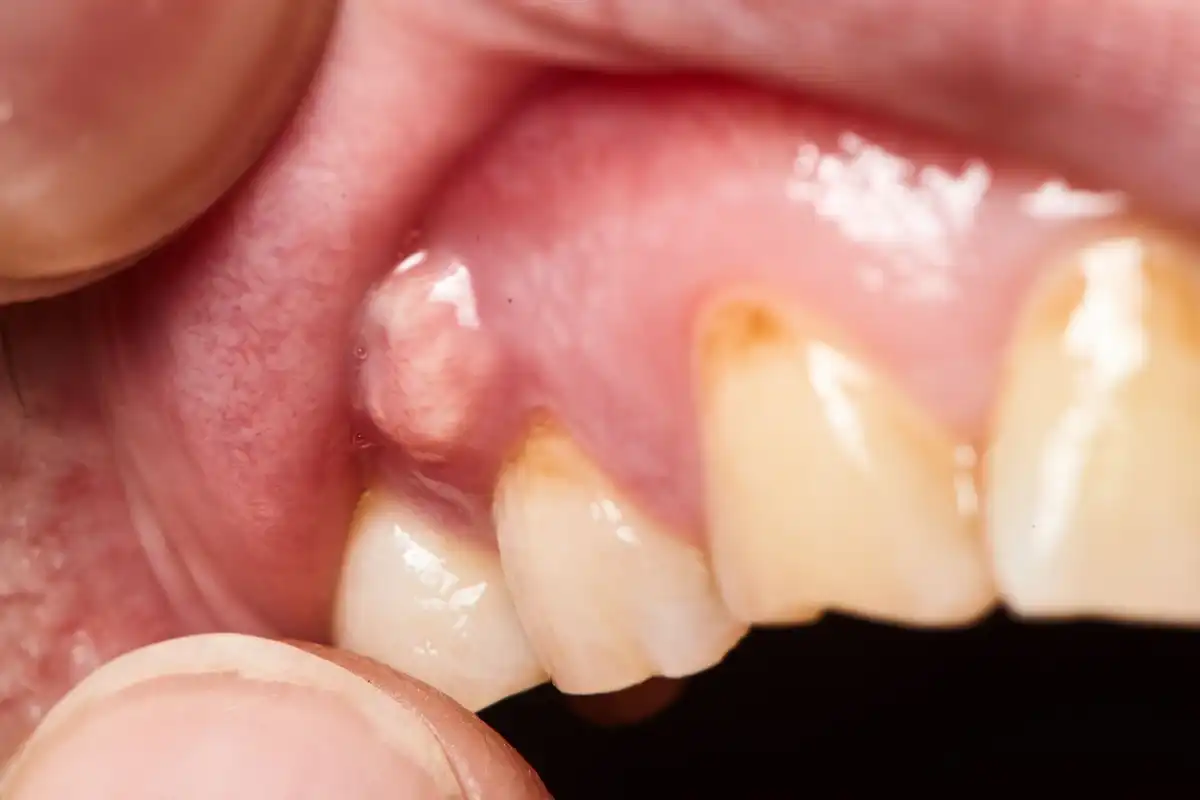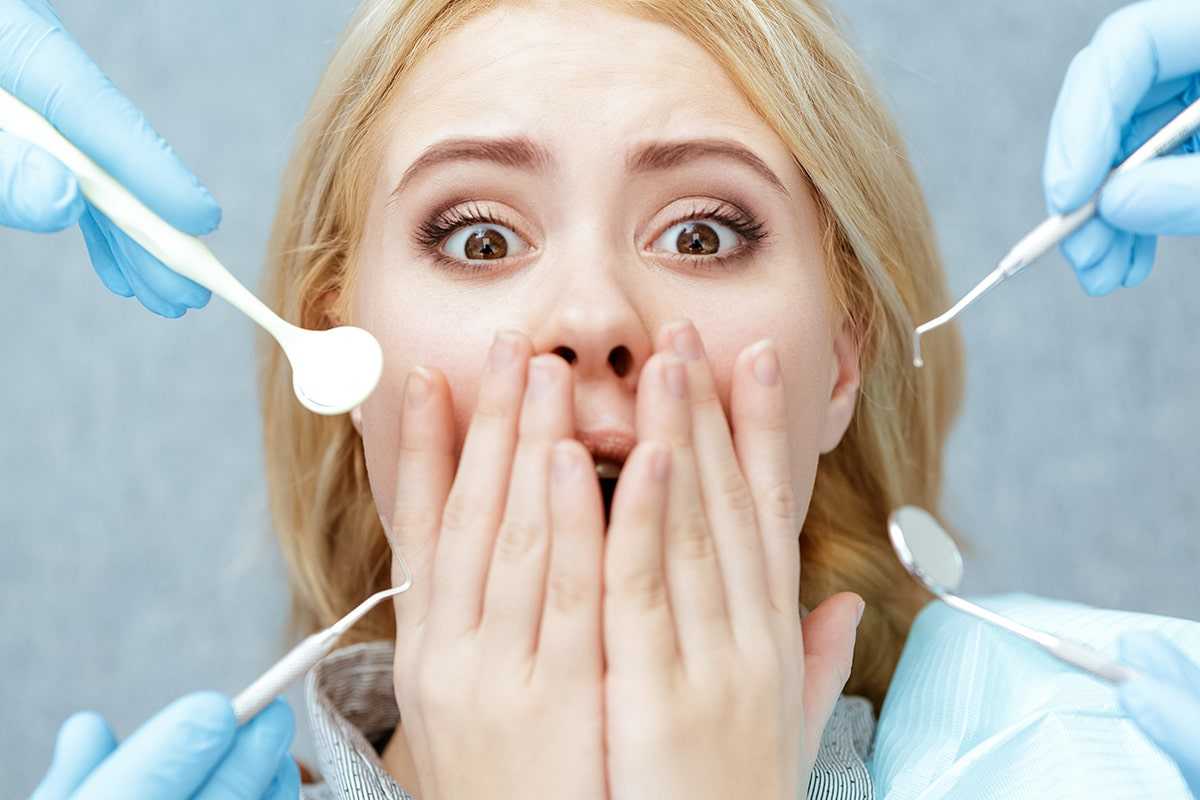Smoking and Vaping Destroys Your Teeth & Gums


Smokers teeth are fairly easy to identify in the dental office. While smoker’s teeth stains are a major sign of tobacco use, dental professionals also see other complications like an increase in gum disease, halitosis, and tooth loss. If you’re a smoker or use tobacco products of any kind, understanding the risks to your oral and overall health could not only help you avoid dental stain, but it could also save your life.
Smoking Effects On Teeth And Gums
Then there’s the problem of smokers teeth stains. Tobacco products — whether smoking, dip, or otherwise — soak into your porous tooth enamel. In time all those stain particles become so ingrained in your teeth that they become intrinsic (internal) tooth staining. Enamel will become more yellow and faded, causing your smile to look years older than it really is.
People who use smokeless tobacco products such as dip will also experience physical damage to their gums and enamel. Gum tissues will gradually recede where the dip is held, and the particles inside of the tobacco can cause tooth enamel to wear down at accelerated rates.
Last but certainly not least, smoking increases your chances of developing oral cancer. Sadly, most oral cancer sufferers will never realize that something is wrong until it is too late. Early symptoms can be almost impossible to identify on your own.
How Does Smoking Contribute To Tooth Loss?
Smoking significantly reduces blood flow to your gums. When that happens, your body can’t naturally fight off infections caused by dental plaque. Plus, it masks the symptoms of gum disease. When the gums are infected and can’t heal, they start to detach from your teeth which leads to recession, pocketing, and bone shrinkage. Eventually, tooth mobility and loss will occur.
Teeth-Staining
The internal nature of smokers teeth stains makes them impossible to remove with brushing, whitening toothpaste, mouthwash, or even professional dental cleanings. They are physically ingrained down inside of your enamel. So, while professional cleanings can brighten the smiles of non-smokers, there’s only so much surface stain or buildup that you can polish away during a dental checkup. Continually using tobacco products and exposing your smile to smoke will cause your teeth to stain more quickly. Those smokers teeth stains can make your enamel look yellow, brown, and years older than your smile really is.
Removing Smoking Stains From Teeth
Any mild surface stains from food, coffee, smoking, or otherwise can be polished off during your dental cleaning. Using a whitening toothpaste and electric toothbrush is also helpful. But true, deep smokers teeth stains can’t be removed or prevented with any of these methods. The only remaining option is to have your teeth physically whitened with a concentrated bleaching gel. Professional teeth whitening uses the strongest ingredients, allowing you to oxidize deep stains and natural tooth discoloration. Working with your dentist to bleach your teeth will provide the strongest and fastest outcome. For best results, pair your whitening with a smoking cessation plan; it will give you another reason to avoid going back to your old habits.
Can I Use Teeth Whitening Products?
Do over-the-counter teeth whitening kits, strips, and gels work? Yes and no. Yes, they work in the sense that the gel ingredients do provide stain relief. However, there are several downsides to these commercial products:
1. They’re weaker than professional bleaching gel. So, whitening smokers teeth becomes more of a challenge. You might only see a mild difference before and after using the kit. Yes, some of the ingredients are the same, but the concentration is much, much less than what you can buy directly from a dentist.
2. You'll have to use them longer. Since over-the-counter whitening gels are weaker, you might find yourself going through double to triple the amount of product to see noticeable improvement. In time, this method winds up costing more money than going with a professional teeth bleaching system from day one.
3. The application systems don’t always coat your teeth evenly. Looser trays or moldable strips may not come into full contact with each surface of every tooth. So, if some areas are up against the strip/tray while others aren’t, it can lead to splotchy and uneven whitening results.
Smokers teeth generally need stronger whitening products for significant results, and you can only get those types of treatments from your dentist’s office.
Bad Breath From Smoking
Halitosis is a chronic bad breath condition that plagues smokers. Just like smoking leaves an odor in your clothes, car, and home, it also changes the way your breath smells. Not just because the smoke soaks into your teeth and gums, but because it also goes down deep inside your lungs.
Take a peek at your tongue. Do you notice filmy white or brown residue on the surface? Cleaning your tongue with a tongue scraper can help, as around 90% of “normal” bad breath bacteria found in non-smokers is usually built up on the tongue.
Depending on the type of odor and intensity of your halitosis, smoking may only be a part of the problem. Advanced periodontal disease can cause serious bad breath problems that don’t respond to oral hygiene attempts or breath mints. Similarly, underlying health conditions such as gastrointestinal diseases can also create breath malodor.
On that note, don’t try to cover up your bad breath with sugary breath mints or alcohol-containing mouthwash. Sugar feeds bacteria, which can increase halitosis. Similarly, mouthwash with alcohol as an ingredient will dry out your mouth and can actually make bad breath even worse.
Is Vaping Better For Your Teeth?
Over the last several years, there has been a big shift for people to quit smoking because of the dangers of oral and lung cancer. But because of that shift, a lot of people have switched to other types of nicotine products such as smokeless tobacco and vaping.
Bottom line, make sure you’re seeing your dentist every six months for a detailed exam. They’ll need to evaluate your teeth, prescribe fluoride if necessary, and screen for precancerous tissues on a routine basis.
Does Quitting Smoking Help My Teeth And Gums?
Signs Of Gum Disease From Smoking
Smoking all but eliminates most early warning signs of gum disease. You could have early to moderate periodontal infections and never know it, because of the lack of blood flow to your gum tissues. The only way to know if there is a problem is to have your dentist or hygienist probe — or measure — the attachment levels around each tooth in your mouth at every checkup.
Once you do start to see signs of gum disease — such as gum recession, long teeth, gaps between teeth, or loose teeth — you’ve probably already progressed into a more advanced stage of periodontitis.
Tips To Quit Smoking
Are you ready to kick the habit? Here are 5 important steps to keep in mind.
- Talk to your doctor. Ask if a prescription, nicotine gum, or patch could help.
- Set goals (with dates) but be realistic about them. According to Quit.com, only 5% of smokers are successful when it comes to giving up tobacco. Planning is important.
- Identify the main reason(s) for wanting to quit. Write them down or share them with your friends. It adds value to why you want to quit.
- Plan for your withdrawals and have a strategy in place for when they happen (because they will.) Maybe you’ll want to take up a new hobby or go for a walk.
- Have an accountability partner. It’s difficult to go it alone. A support system will help you be successful.
Talk To Your Dentist
Make sure you’re seeing your dentist regularly — at least every six months — for a professional exam and periodontal evaluation. Be sure to communicate that you’re using tobacco products, including which type and how often. Your dentist will carefully screen your teeth and gum tissues to identify side effects of smokers teeth as early as possible. But most importantly, they’ll also want to screen you for oral cancer and help you develop a cessation plan to kick the habit once and for all.
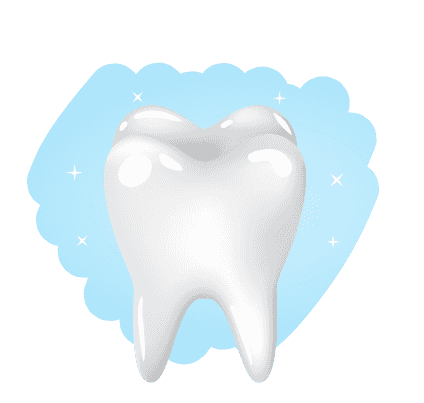
Make your inbox smile!
Subscribe


